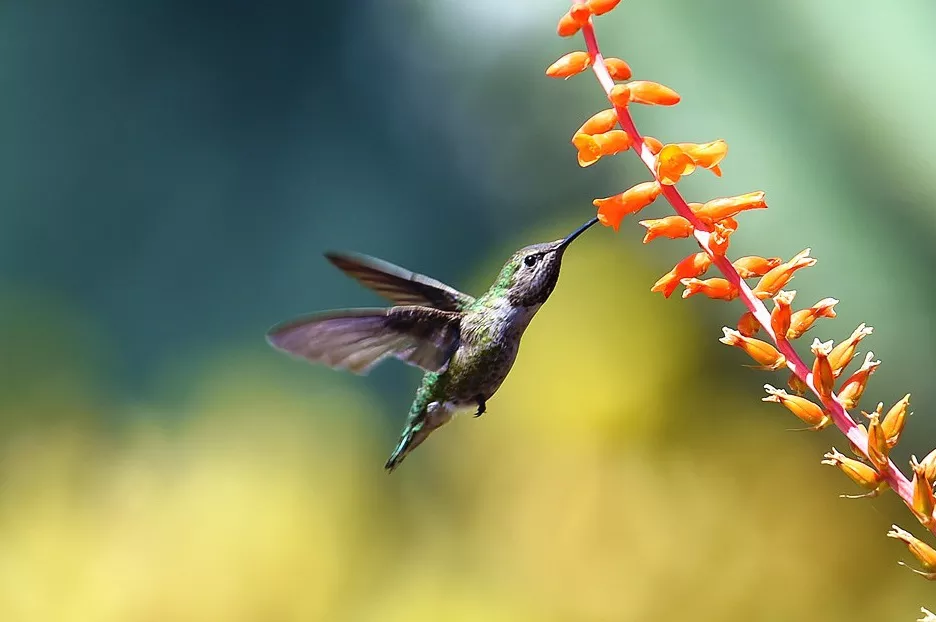The smallest hummingbird in the world is the bee hummingbird (Mellisuga helenae), which is found only in Cuba. This tiny bird is just 2.25 inches (5.7 cm) long from beak to tail, and weighs only 0.07 ounces (2 grams).
Despite its tiny size, the bee hummingbird is a master of flight, and is able to hover in mid-air for extended periods of time while it feeds on nectar. It is also known for its distinctive iridescent feathers, which can appear green, blue, or purple depending on the angle of the light.
The bee hummingbird’s small size makes it particularly vulnerable to predators, and it relies on its speed and agility to evade danger. It is also highly territorial, and will aggressively defend its feeding and nesting areas from other hummingbirds.
In addition to its small size, the bee hummingbird is unique in a number of other ways. For example, it is the only hummingbird species in which the male and female have different colored feathers. The male has bright iridescent feathers on his head, neck, and throat, while the female has more subdued green and gray feathers.
The bee hummingbird’s diet consists mainly of nectar from flowers, although it will also eat small insects and spiders for protein. Like other hummingbirds, it has a high metabolism and must eat frequently to fuel its active lifestyle.
Despite its small size, the bee hummingbird is an important part of the ecosystem in Cuba, helping to pollinate flowers and spreading plant seeds. However, like many other species of hummingbird, it is threatened by habitat loss and other human activities.
In conclusion, the bee hummingbird is the smallest hummingbird in the world, measuring just 2.25 inches (5.7 cm) long and weighing only 0.07 ounces (2 grams). Despite its tiny size, it is a master of flight and is able to hover in mid-air while it feeds on nectar. It is also unique in a number of other ways, including its distinctive iridescent feathers and the fact that the male and female have different colored feathers.


 Facebook
Facebook  Instagram
Instagram  Youtube
Youtube 